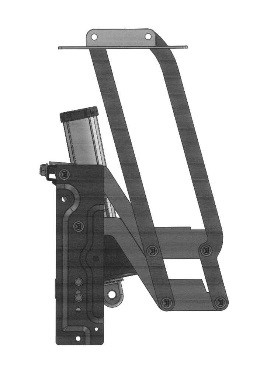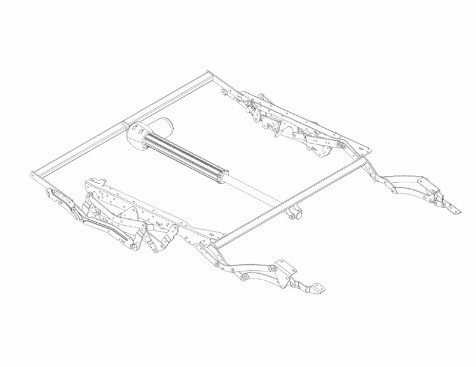THE INVALIDITY DIVISION OF THE EUIPO HAS HELD TWO COMMUNITY DESIGNS TO BE INVALID FOR INFRINGEMENT OF ART. 4, PARA. 2, REG. 6/2002
22/11/2016
With two decisions dated 9 and 16 November, the Office held in favour of a claim of invalidity of two Community designs for movement devices of footboards and couch heads to be inserted within armchairs and couches.
Claims of invalidity were brought against designs for movement devices of footboards and couch heads to be inserted within armchairs and couches:


The two actions for invalidity were put forward on the central basis of the non-protection of the above mentioned devices as designs for infringement, among other provisions, of arts. 4 and 8 of Reg. 6/2002. In the petitions it was argued that the devices could not benefit from the protection granted to designs because i) they were components of a complex product destined to become invisible during the normal use of the complex product in which they had been incorporated; ii) the characteristics of the appearance of the devices were determine solely by their technical function.
The decisions start from an analysis of art. 4 of Reg. 6/2002, observing that the component of a complex product is protectable if it possesses the requisites of novelty and individual character and remains visible once it is placed in its final position within the complex product. The Office, noting on the one side that the device has to be present from the beginning within the product and recalling, on the other side, that the concept of accessory requires the possibility of applying it to the finished product in a second moment, properly qualified the devices at issue as “components of a complex product”.
Once it had been established that the Community designs concerned the component of a complex product, the attention of the Division turned on the analysis of the requisite of visibility of the component during normal use. On this point, the decisions recalls the settled case law which provides that the requisites under art. 4 of the Regulation should be satisfied when the entire component may be seen, for a given period of time in such a way that its all essential characteristics may be recognized.
The Office therefore held for the declaration of invalidity considering the total invisibility of the component during normal use of the product. The other motives of invalidity were not examined for reasons of procedural economy.
The two decisions represent an important arrival point for the re-affirmation of the categories of industrial property rights and of the scopes of protection which have to be recognized to them – especially in the hypothesis of when the titles are released by the Office without prior control of the existence of the requisites of validity imposed by the Regulation.
In a system without preventive examination, it is easy to assist to episodes of manipulation of “false” industrial property rights which must be strongly contrasted for the purpose of restoring the proper market dynamics.
